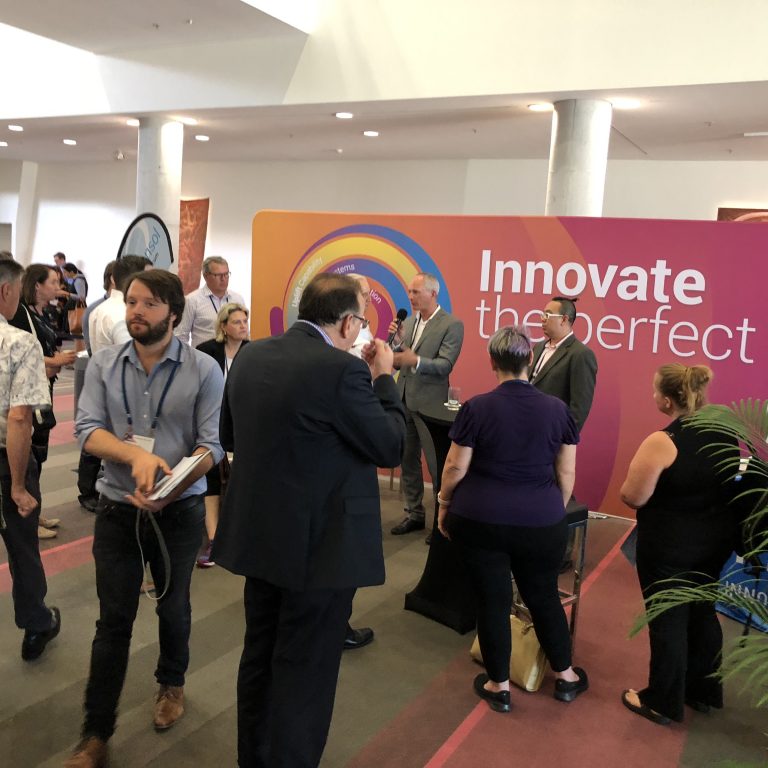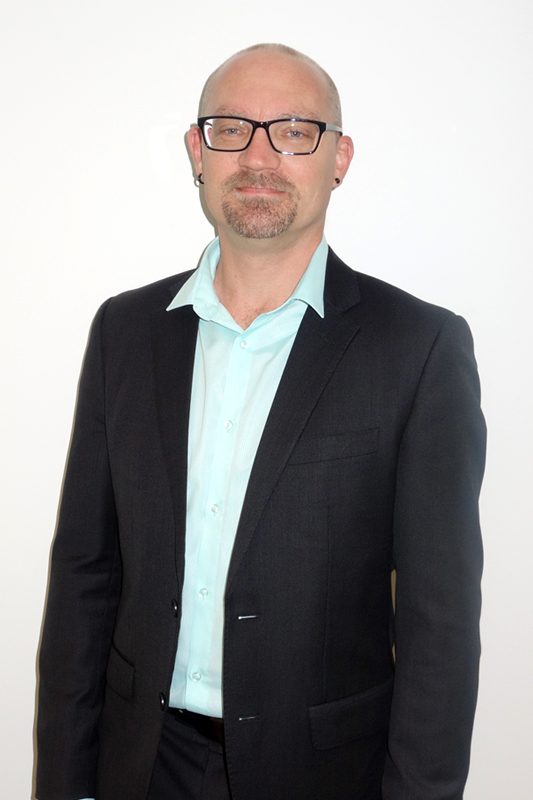These days many organisations have Innovation centres in one form or another, but most still struggle to transition their great ideas in to real products and services in the marketplace. Progression from defining grand ideas to implementing the ideas needs addressing if you’re to scale for sustained industrialisation. Your organisation needs to be willing to experiment with solutions and be nimble enough to change tact as the solution dictates.
The Transition-to-Reality phase of Modern Business Transformation involves not only the development of the product or service from the Incubate Idea phase but also the continued experimentation, showcasing, fine-tuning, assessment of risks and performing readiness activities.
Accepting Change
When you’re at the point of transitioning from idea to reality you know the broad design for the idea, you understand the strategic benefits ,you have a rough estimate of size and importantly, you have funding and a green light to continue. But as you progress in to the detail of the design it may become evident that something needs to change. And the bigger it is, the more likely that will happen. This is one of the core concepts in being Agile; acceptance of change. (Note that’s not to say changing every 5min is desirable either!)
User-driven Design
Many companies talk about how they’re “customer-focused” though it’s often not evident in the way they’ve designed their products and services. Using solution-focused techniques such as Design Thinking and beta experimentation can be very useful for clarifying exactly what the customer needs, as opposed to what you or they think they want!
Minimum Viable Product
The development of the product or service itself should follow a cyclical approach to build in layers rather than in sections. By this I mean that at the end of each cycle you should have a working product, albeit perhaps without all the desired features. This Minimum Viable Product is shown to the stakeholders to gain feedback and crucially whether enough has been done in its current state – would they accept it, buy it, use it etc. If the answer is no, then you need to add or change features based on priorities and check again after the next cycle. This continues until the Minimum Viable Product (MVP) can be released to market. Producing a MVP speeds up time-to-market and is a much more efficient approach than only going to market once all features are completed (or worse, taking shortcuts on quality to fit within the schedule and budget).
Readiness Planning
Though some documentation is necessary, how and what you document makes a big difference. Are you benefiting by documenting the project to the nth degree? What information will be reused post-implementation? One of the most needed is readiness material, the information relating to how and why. The exception to this is when a product is so user-friendly, self-explanatory and infallible that your showcases and experiments with your future users have told you training is unnecessary. The basic principle here is that the better the design, the less documentation that is needed which means more time spent on higher value activities. Ultimately, Readiness Planning reduces productivity loss post-implementation as part of your broader Change Management plan.
Ownership
Another important aspect is empowering the team to own the implementation. They should not only define and build the product or service but follow it through in to production and beyond. Let the team take pride in the finished product and invest in its future development. Once in production, a subset of the team’s time is used on maintenance and support while they also continue to build new features. This arrangement incentivises the team to maintain quality to then spend more time on new features to then drive increasing market share.
But wait there’s more! If you’d like to find out about all the other important aspects of Transition-to-Reality in a Modern Business Transformation Framework then contact us here.
About the Author
Danny Johnson
MBT Practice Manager, Procensol
Innovation and Transformation are not just toys for the rich.
Personal differences are not a limitation to finding shared goals.
Our governing and economic structures must and can be improved.
We constituents can combine our strengths to create a better world for all.As an inquisitive, analytical and experienced bridge between Business and the Sciences, I am using my strengths to help organisations improve the way they gain foresight and manage change at a speed relative to our changing world. My goal is effective, agile governments managing resource-based economies guided directly by the people for all people of all backgrounds.
Related Posts

Innovation-as-Usual
“Nobody gets excited if you elaborate on what’s broken…” Professor Michael Rosemann joins us on the Procensol and MBT booth at BiiG 2017 to discuss…
Read More
Culture and leadership for continuous innovation
evidence suggests that traditional approaches to developing a culture of innovation are not sustainable as they do not address key inhibitors such as operational systems and processes that cannot support continuous change. To establish a culture of innovation, organisations need to: secure executive approval and leadership; engage their employees; and optimise and align their internal business operations by exploring technological advancements.
Read More

